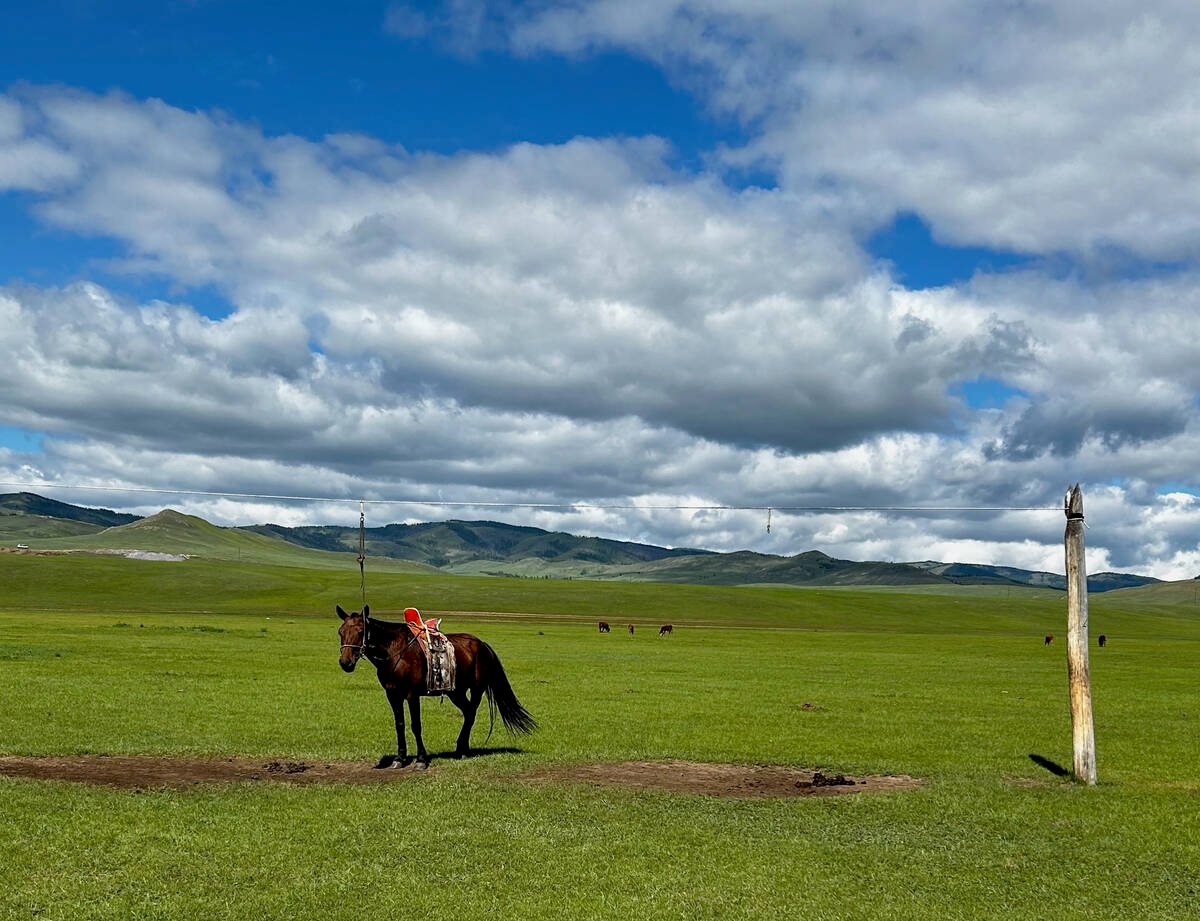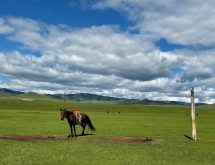A group of farmers is demanding a public review of the Saskatchewan Watershed Authority’s operation of the Gardiner Dam.
Wally Hamm, vice-chair of the Valley People Association, said the water level at the dam is kept high late into the year, which enables SaskPower to generate more hydroelectricity.
“The Saskatchewan Watershed Authority, basically they’re a front agency for SaskPower,” he said.
“We don’t even think the Saskatchewan Watershed Authority has any authority over that dam.”
Read Also

University of Saskatchewan experts helping ‘herders’ in Mongolia
The Canadian government and the University of Saskatchewan are part of a $10 million project trying to help Mongolian farmers modernize their practices.
Hamm said the association thinks the watershed authority has neglect-e d the dam’s original mandate, which was to provide irrigation and flood protection.
The new emphasis on power generation has caused flooding that affects many farmers in the South Saskatchewan River Valley south of Saskatoon, he added.
“My son and I have 300 acres of organic crop under water,” Hamm said.
“We suspect there’s probably 1,000 to 1,500 acres of really good quality crops flooded in this fertile river valley because of SaskPower’s complete lack of concern for people downstream.”
John Fahlman, the authority’s director of hydrology and ground-w at e r services, said this year’s flooding was the result of a one-in-15 combination of events, including the failure of two of Sask-Power’s generators, much higher than expected rainfall and runoff from the spring thaw.
He said the authority did its best to minimize the damage, but some flooding was inevitable.
He also said that although flood control is one of the stated purposes of the dam, it has many roles to fill.
“Despite the recent flooding, the norm in Saskatchewan is water shortages and that’s what (the dam) was built for.”
Fahlman said allegations of undue influence by SaskPower over operations at the dam are unfounded.
“SaskPower is one user of many, and they have the same level of input as any other user of the facility,” he said.
William Lemisko, a member of the Valley People Association whose vegetable crop flooded this year, said the group has written to premier Brad Wall to ask for an independent public inquiry into the authority’s operations of the Gardiner, Alameda and Rafferty dams.
Dale Hjertaas, the authority’s executive director of policy and communications, said internal reviews of the authority’s operations at several facilities are in the works.
“It’s our practice that after a significant event like this we do a review, see what we can learn to improve operations for next time,” he said.
“That is a practice we try to follow. We have a number of reviews to conduct this year in light of several flooding situations.”
Hjertaas said outside experts may be asked to assist in the reviews, but a full public inquiry isn’t warranted.
Hamm said the association will continue to push the authority and the provincial government to address their concerns.
“We’re going to carry on with pursuing protecting our interests in the valley in terms of the right to farm without trespass from SaskPower and the use of our land … as a spillway for water they can’t put through their generators,” he said.














